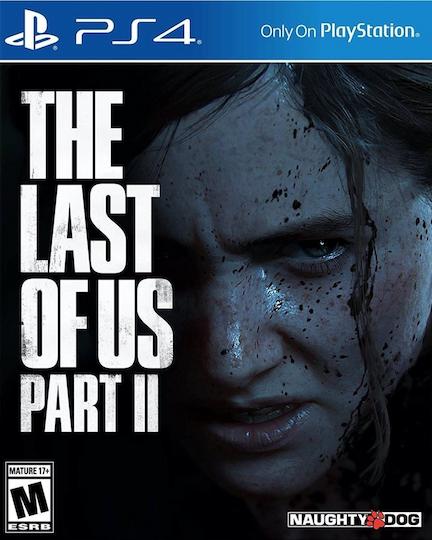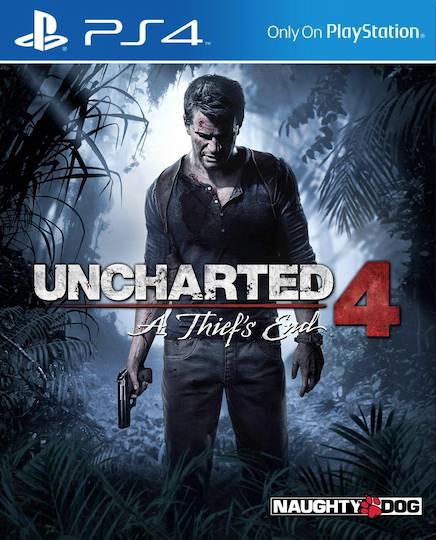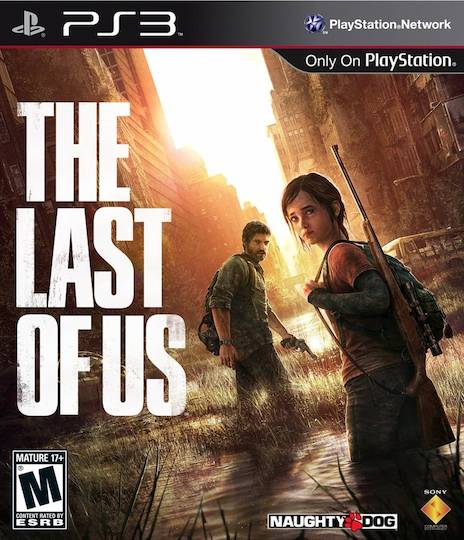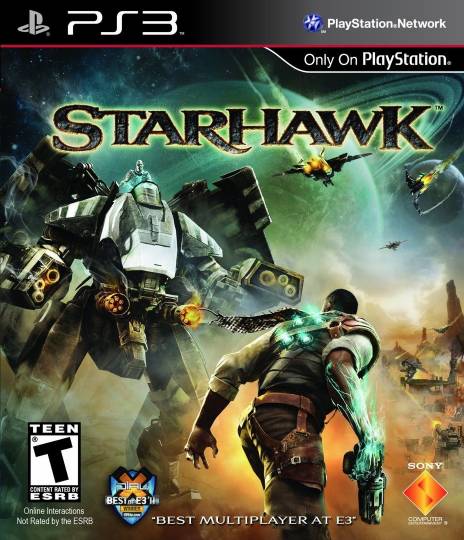
This week I attended the Montreal International Game Summit, a professional conference for game developers. Since that is not my profession (yet), I managed to get a free pass as a student volunteer. This was a compelling arrangement, even if it meant I didn’t always have my choice of presentations (I particularly regret missing Brenda Brathwaite.) Fortunately, the talks I did attend were also terrific, so I thought I might share some of what I learned.
Jason Graves – The Music of Dead Space
Did you notice the music in Dead Space? Neither did I, yet it’s an absolutely fundamental element of the horror genre. Composer Jason Graves explained the unique challenges involved in creating “the scariest game ever”. He explained how a soundtrack with consistent themes and progressions makes the player feel safe and strong, so an effective horror soundtrack has to be dissonant and arrhythmic. His compositions were partly inspired by the surreal techniques of Modernist composers, including odd directives that are difficult to express using standard music notation (ex: play this scale as quickly as you can.)
In a fascinating intersection of music and programming, each track in Dead Space has four dynamic layers of intensity. The chosen layers depend partly on the player’s distance from objects in the environment labelled as “fear emitters”. These objects are usually monsters, but can also include hallways, corners, bodies, etc. The music slowly crescendos as the player approaches these objects, a subtle and interactive method of inducing dread.
Nathan Vella – Indie in 2D
Capybara Games is an independent game studio that assembled from members of the Toronto IGDA. Their premier game is Critter Crunch for the PS3 and iPhone, an awesome throwback to the era of “hardcore puzzle games” (think Yoshi’s Cookie) with gorgeous art and animations.
Co-founder Nathan Vella talked about finding the right people for a video game startup; real partners who share your creative vision. He explained how nearly everyone Capybara hired had been introduced through friends and acquaintances. The hiring process for a small company should be casual and instinctual: hang out, have a conversation, look for shared passions.
He also emphasized the importance of a shared aesthetic goal. He revealed the piece of concept art that served as the vision for Critter Crunch, and showed how little the final game diverged from it. Every team member kept that concept piece on their desk, ensuring that everyone pulled in the same direction.
Randy Smith – How To Make Games That Aren’t Fun
Randy Smith is a game industry veteran. Formerly a game designer at Looking Glass studios, he recently co-founded the indie studio Tiger Style Games and released the excellent arachnid simulator Spider: The Secret of Bryce Manor for the iPhone.
In his presentation, he explored the question: do games need to be fun? This is ostensibly the metric by which video games are judged. However, in other media there is plenty of room for work that is engaging and worthwhile without being “fun” (ex: the film Schindler’s List).
Randy noted that many games have dark themes (death, murder, loss, anger) but treat them in a very light manner. They neglect to explore the consequences and ramifications of actions and events. As Penny Arcade recently demonstrated, Nathan Drake kills hundreds of minions without concern or guilt. While such games are entertaining, the scarcity of games that address the human condition in a serious way is emblematic of the immaturity of our medium.
While he didn’t have an easy answer for how to address these issues, he proposed a thought experiment “not fun” game called Hospital Director. He suggested giving the player choices with no right answer: should a busy hospital send an overworked doctor home or risk her making a mistake? He also put forward some ideas about creating emotional connections and leveraging interactivity.
Marc LeBlanc – Mechanics, Dynamics & Aesthetics
I’ve written about my own take on the MDA framework, but at MIGS I had an opportunity to meet one of its co-creators. At the end of his presentation, I took the chance to ask him two burning questions I had since reading his paper:
Do you feel MDA is compatible with Scott McCloud’s six layers of art? If so, how do they intersect?
Prefacing his response with the fact that he had read Understanding Comics a long time ago, he replied that to him the six layers of art purely described games at the Aesthetics level. In that sense, he asserted that McCloud’s layers are actually orthogonal to MDA. He was also sceptical of McCloud’s system where artists “accumulate experience and level up” to gain access to the esoteric aspects of art.
According to MDA, the Aesthetic level only includes emotional responses in the player that were intended by the designer. Why make that distinction?
Marc replied that MDA is intended as more of a design tool than a criticism paradigm. Thus, an unintended unpleasant aesthetic response should really be considered a flaw and therefore be fixed in the design phase. He conceded that there was room for emergent aesthetic responses, and that designers should pay close attention to such player behaviour.
I copied Marc’s answers above from memory, I apologize in advance for failing to capture shades of meaning. I may address my own views about his answers at a later date.
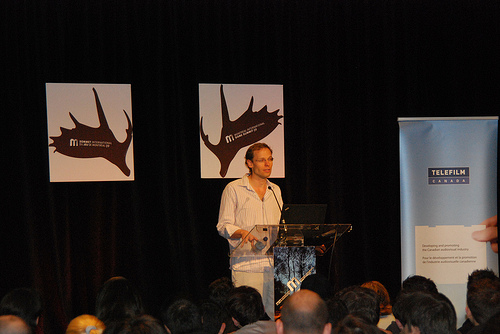
Chris Hecker – Meaningfully Mass Market
Call of Duty: Modern Warfare 2 was the biggest entertainment launch of all time, making $550 million dollars in one weekend. Sensationalist headlines often tell us that the video game industry is now bigger and more profitable than Hollywood. In his presentation, Chris Hecker revealed the numbers behind such claims and explored the idea of what it means to be meaningfully mainstream.
While video games are making record profits, they lag behind film and music in terms of unit sales. To quote someone who had the good sense to take notes at the presentation:
Gone With the Wind, the most successful film by revenue after adjusting for inflation, sold 35 million “units” in the United Kingdom alone in 1940, at which point that country had a population of 43 million. Even more astonishingly, it sold 202 million tickets in the United States — which had a population of only 130 million at the time. “Everyone went twice!” Hecker exclaimed. “This is mass market reach.”
Put otherwise: “Celine Dion is beating every game we’ve ever made.” He also refuted the claim that the average gamer is 35 and female. When “games” are deceitfully defined to include cards and board games, then two main market groups emerge: 18-34 males and senior women. These two groups average to a mythical 35 year woman who is not at all representative of the gaming demographic.
How can games avoid the “cultural ghetto” that comic books have fallen into? Chris asserts the answer is to target a more varied audience and take more creative risks:
Not all bands are trying to make Thriller. They’re not all trying to hit every single person in their entire audience with a single work, which we try to do routinely. We have such incredibly narrow sets of users that we don’t actually have a reasonable description of a mass market audience. Film can do both The Dark Knight and Eternal Sunshine of the Spotless Mind, and it makes the medium richer for it. You can rent one when you’re in one mood, and the other when you’re in another mood. We don’t provide for that.
He concluded with an introspective challenge to game developers: “What are you trying to say, and why? And are you trying to say it with interactivity? If you can answer those, you’re on the right track.”
Finally, I also attended presentations by Jakub Dvorsky of Amanita Design, Jason Della Rocca, Jeff Goodsill, Paul Winterhalder, Valve’s Jason Holtman, Jonathan Cooper and Dorian Kiken from Bioware, and a business panel featuring Clint Hocking. I regret not being able to reproduce your great talks from memory!
MIGS was a terrific experience, I learned so much and was surrounded by people with a passion for game development. I’ve thankfully taken some of that energy home with me, to reinvest in making and writing about video games.
Photographs by CasualCapture.

